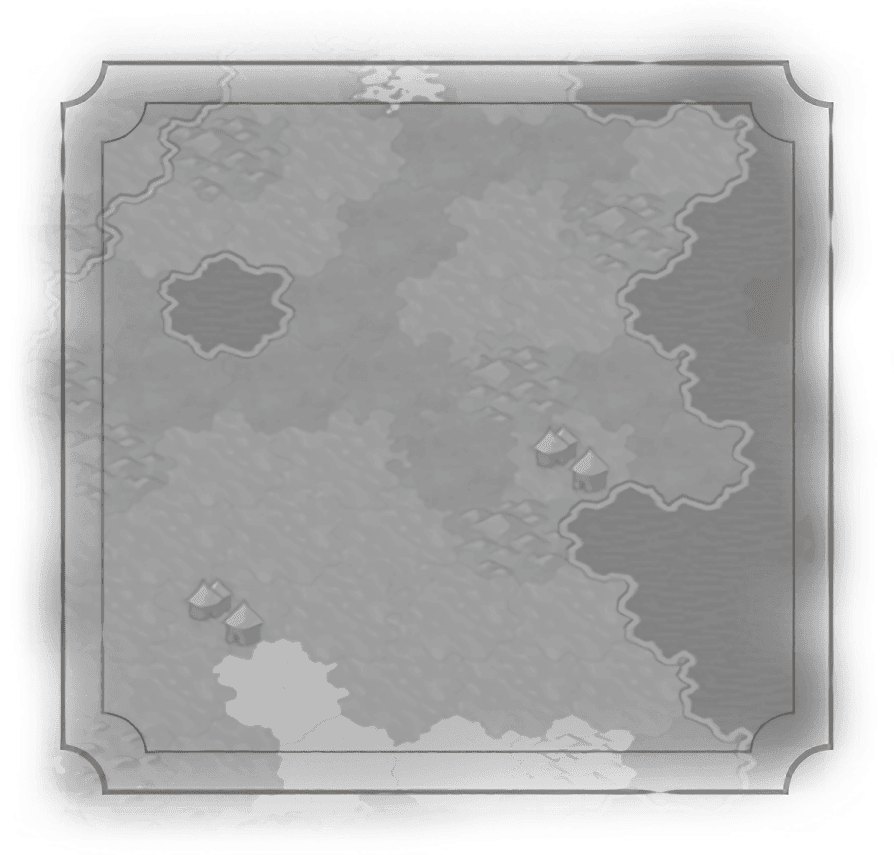Governments
Military Policies
Economic Policies
Aesthetics
Caravansaries
Civil Prestige
Collectivization
Colonization
Corvée
Ecommerce
Economic Union
Expropriation
Five-Year Plan
Free Market
God King
Gothic Architecture
Grand Opera
Heritage Tourism
Ilkum
Insulae
Land Surveyors
Liberalism
Market Economy
Medina Quarter
Natural Philosophy
Naval Infrastructure
New Deal
Online Communities
Public Transport
Public Works
Rationalism
Religious Orders
Satellite Broadcasts
Scripture
Serfdom
Simultaneum
Skyscrapers
Sports Media
Town Charters
Trade Confederation
Triangular Trade
Urban Planning
Diplomatic Policies
Great Person Policies
Golden Age Policies
Dark Age Policies
Wildcard Policies


Corvée
Description
+15%  Production toward Ancient and Classical wonders.
Production toward Ancient and Classical wonders.
 Production toward Ancient and Classical wonders.
Production toward Ancient and Classical wonders.Historical Context
Although the term refers to the medieval practice of paying one’s taxes through unpaid labor – typically a certain number of days each year – “corvée” has been around since ancient Egypt. From roughly 2600 BC onward, the Old Kingdom used such “taxes” to build pyramids, temples and monuments. Imperial China had a similar system in place; Qin Shi Huang and subsequent emperors imposed it for public works such as the Great Wall and the Grand Canal. By the Middle Ages, corvée was embedded in the feudal system, with tenants required to perform construction work on the private lands of their lords. Thus, throughout history the gentry had nice homes and tombs while everyone else had hovels.

Description
+15%  Production toward Ancient and Classical wonders.
Production toward Ancient and Classical wonders.
 Production toward Ancient and Classical wonders.
Production toward Ancient and Classical wonders.Historical Context
Although the term refers to the medieval practice of paying one’s taxes through unpaid labor – typically a certain number of days each year – “corvée” has been around since ancient Egypt. From roughly 2600 BC onward, the Old Kingdom used such “taxes” to build pyramids, temples and monuments. Imperial China had a similar system in place; Qin Shi Huang and subsequent emperors imposed it for public works such as the Great Wall and the Grand Canal. By the Middle Ages, corvée was embedded in the feudal system, with tenants required to perform construction work on the private lands of their lords. Thus, throughout history the gentry had nice homes and tombs while everyone else had hovels.



